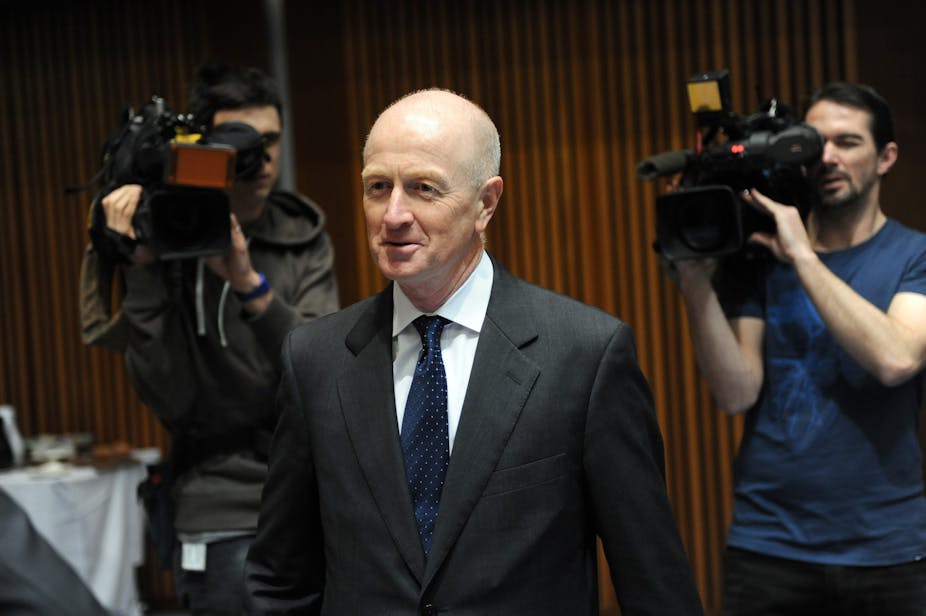Monetary policy must be forward looking. It has limited ability to affect the here and now of the economy, as this has largely already been determined - by employment decisions, investment decisions and contracts which have already been signed.
When central bankers consider the future path of the economy, they know that monetary policy decisions implemented now will become apparent in the real economy with a lag of at least six months.
Because most of the concrete economic information they have relates to the past behaviour of the economy - measures of inflation, wage growth, lending - policy makers need to be adept at forecasting whether future conditions are likely to be improving or deteriorating, and then decide whether to act on that information.
The signals concerning economic weakness in the international economy have been apparent for some time. The deteriorating outlook in China, weak European growth and an uncertain outlook in the US present an unhappy picture of potential future international demand for Australian exports.
Declining investment plans in Australian industry and regional stress due to pressure on non-mining related exports have clearly emerged. On the other hand, domestic inflationary pressures are relatively low and seem unlikely to be rekindled from domestic sources in the near future. In these circumstances the end of the boom has been in sight for some time.
The outlook for monetary policy, in my opinion, has been skewed towards an easing of interest rates since at least June this year. The only surprise component was when the RBA would act. Early action could raise the inflationary spectre, excess delay result in unnecessary slowdown.
So it is unlikely that people were really surprised by the actions of the RBA in cutting interest rates. The economic signals are clearly there.
Disagreement exists as to whether the timing is correct. On Tuesday, the CAMA Shadow Board put a 60% weight on retaining a 3.5% cash rate prior to the decision, but also reported the distinct possibility that a 25 basis point cut was justified.
Other commentators also suggested that a cut would occur in the next couple of months. If this is the case, then an early cut provides a good pre-emptive signal. A steady 25 basis point decline shows that the RBA is engaging in active policy, but that conditions are emerging slowly.
There is no need for panic. And that signal has been well-received in markets with share markets gaining and a contained drop in the value of the Australian dollar in the face of yesterday’s larger than expected trade deficit.
The next few months will prove critical to the economic outlook. A little easier monetary conditions could well prove sufficient to boost future growth. Dramatic cuts to interest rates are unlikely unless we are faced with severe funding constraints arising from further developments in the European crisis.
The role of fiscal policy in the economy will come under close scrutiny. The government should not rely on monetary policy actions to offset weakness arising from any unnecessarily tighter fiscal policy, whether at Federal or State level. Fiscal policy has an important redistributive role to play in an economy under stress. Using these tools to counter each other is not good policy.

